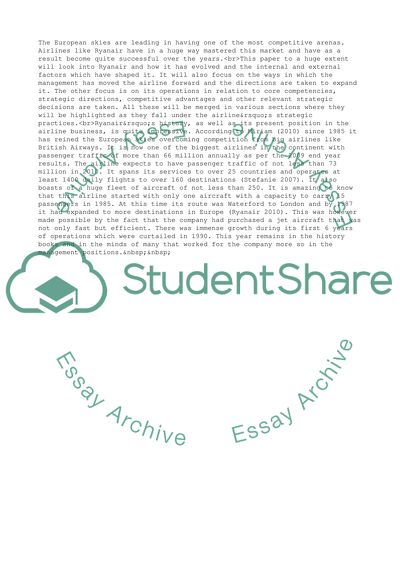Cite this document
(“Business Strategy and the Economic Environment of Business Assignment”, n.d.)
Retrieved from https://studentshare.org/business/1571863-business-strategy-and-the-economic-environment-of-business
Retrieved from https://studentshare.org/business/1571863-business-strategy-and-the-economic-environment-of-business
(Business Strategy and the Economic Environment of Business Assignment)
https://studentshare.org/business/1571863-business-strategy-and-the-economic-environment-of-business.
https://studentshare.org/business/1571863-business-strategy-and-the-economic-environment-of-business.
“Business Strategy and the Economic Environment of Business Assignment”, n.d. https://studentshare.org/business/1571863-business-strategy-and-the-economic-environment-of-business.


